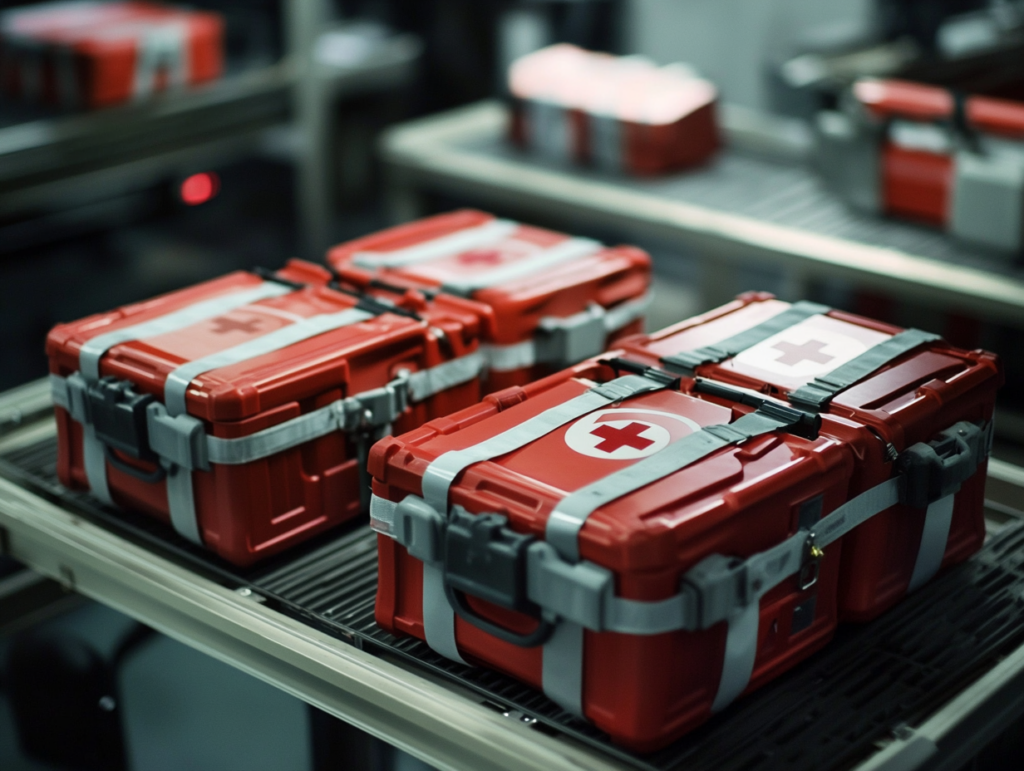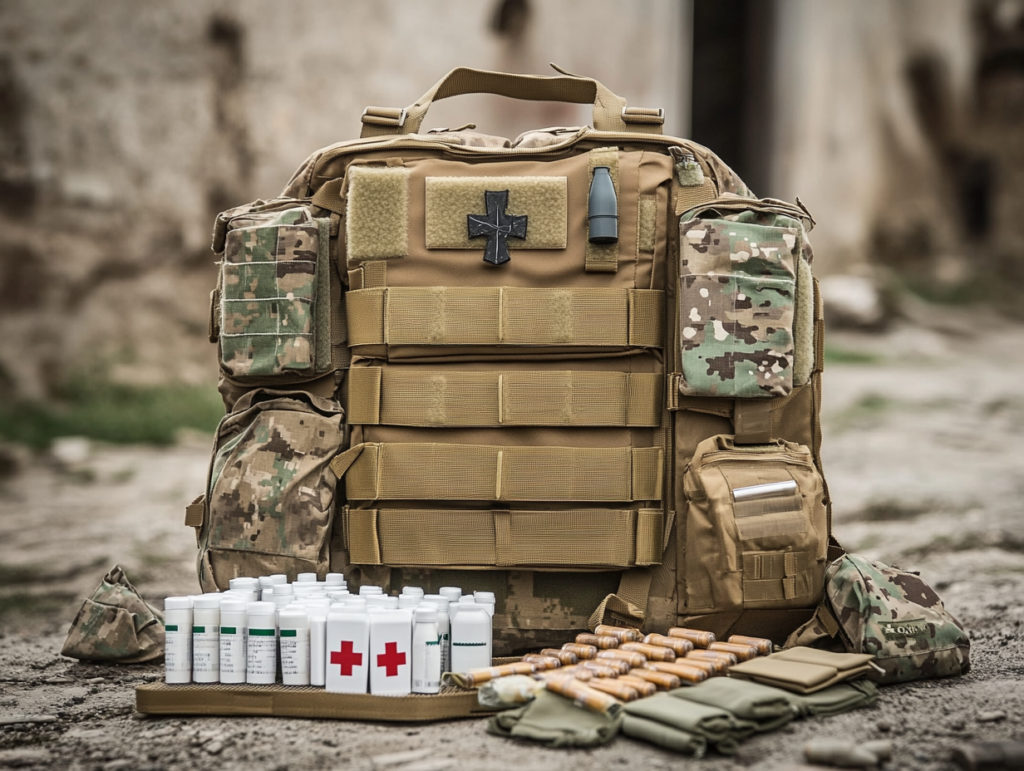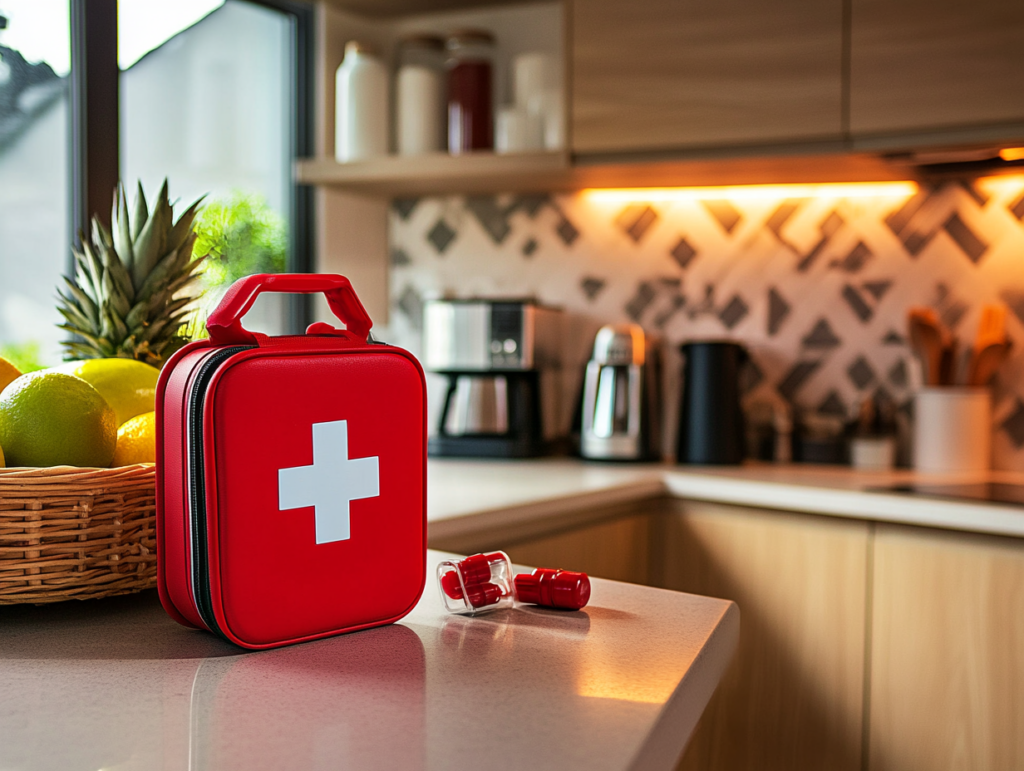- Introduction: The "Second Face" of the First Aid Kit – The Commercial Value of Printing and Customization
- I. Three Core Printing Process Technologies Explained
- II. Five Key Dimensions of Customization Design
- III. Printing Process Decision Matrix
- IV. Industry Trends and Innovative Technologies
- Conclusion: The Strategic Value Reconstruction of Printing Customization
Introduction: The “Second Face” of the First Aid Kit – The Commercial Value of Printing and Customization
In today’s highly competitive first aid kit market, printing processes and customization services have become the core elements of product differentiation.
According to statistics, first aid kit products with professional printing and customization have seen a 70% increase in brand recognition and a 45% boost in customer repurchase rates.
This article will delve into the selection of printing processes and customization strategies for hard shell first aid kits, providing decision-making guidance for brand owners and buyers.
I. Three Core Printing Process Technologies Explained
1. Screen Printing: Industrial-Level Durability
Technical Principle
Ink is applied through a nylon mesh screen with 200-300 mesh, achieving single-color/multi-color overlay printing. The screen’s precision directly affects the clarity of the pattern, with a standard error control of ±0.3mm.
Performance Parameters:
- Abrasion Test: Can withstand 5000 cycles of the Martindale abrasion test (ASTM D4966 standard)
- Weather Resistance: UV ink shows a color difference ΔE≤5 after 3 years of outdoor exposure
- Production Speed: 200-300 units/hour (fully automated production line)
Classic Case:
First Aid Only, a US first aid brand, uses a four-color screen printing process to print five-year fade-resistant warning labels on 0.8mm thick ABS shells.
2. Heat Transfer Printing: Detail Presentation Expert
Process Flow:
Design → Plate Making → Digital Print Transfer Film → High-Temperature Transfer (180-200°C/20-30 PSI) → Cooling and Shaping
Technical Advantages:
- Color Performance: Supports the Pantone 14-color library, with 256 gradient color levels
- Pattern Precision: Achieves a resolution of up to 1200 dpi
- Medium Compatibility: Can print on TPU, PC, ABS, and other materials
Cost Structure:
| Order Quantity | Unit Price (USD/unit) | Minimum Order Quantity |
| 500 | 3.2 | 300 |
| 1000 | 2.5 | – |
| 5000 | 1.8 | – |
3. Hot Stamping and Laser Engraving: High-End Customization Technology Combination
Hot Stamping:
- Metal Foil Thickness: 0.012-0.025mm
- Pressure Range: 5-15kg/cm²
- Temperature Control: 130-150°C (depending on material)
Laser Engraving:
- CO2 Laser: Suitable for engraving plastic surfaces (wavelength 10.6μm)
- Engraving Depth: Adjustable from 0.1-0.5mm
- Anti-Counterfeit Features: Can create microtext (0.2mm height)
Luxury-Level Case:
German company Löwenstein Medical’s first aid kit uses a dual-process combination: laser engraving of the brand logo + hot stamping of the border, increasing the unit’s added value by $40.
II. Five Key Dimensions of Customization Design
1. Function-Oriented Size Customization
- Car Version: 200×150×60mm (fits car seat storage compartment standard)
- Outdoor Version: 300×200×100mm (meets UL standard seismic resistance)
- Industrial Version: 400×300×150mm (includes tool fixing slots)
2. Scientific Color Management Solutions
- Safety Colors: Red (RAL 3020), Green (RAL 6032) meet ISO 3864 standards
- Gradient Colors: Achieved using a 6-color heat transfer printing system
- Glow-in-the-Dark Coating: Add SrAl2O4:Eu phosphor, afterglow time > 8 hours
3. Logo Design Engineering Specifications
- Minimum Recognizable Size: 8×8mm (screen printing), 5×5mm (laser)
- Safety Margin: Distance from edges ≥ 3mm
- Vector File Requirements: AI format, outline thickness ≥ 0.25pt
III. Printing Process Decision Matrix
| Indicator | Screen Printing | Heat Transfer Printing | Hot Stamping | Laser Engraving |
| Minimum Order Qty | 1000+ | 300+ | 500+ | 200+ |
| Unit Cost | $0.8-1.5 | $1.5-3.0 | $2.0-4.0 | $1.0-2.5 |
| Number of Colors | ≤4 Colors | Full Color | Single Color | Single Color |
| Durability Period | 5-8 years | 3-5 years | 2-3 years | Permanent |
| Environmental Certification | RoHS | REACH | – | ISO 14001 |
Decision Tree Model:
- Order quantity > 2000 units → Prefer screen printing
- Complex patterns + small to medium orders → Heat transfer printing
- Luxury/commemorative items → Hot stamping + laser combination
- Permanent marking requirements → Laser engraving
IV. Industry Trends and Innovative Technologies
- Smart Printing Technologies:
- Conductive Ink Printing: Integrates RFID chips (13.56MHz)
- Thermochromic Ink: Displays warning signs at 38°C
- AR Augmented Reality: Triggers first aid instructional videos through patterns
- Sustainable Printing Solutions:
- Water-based inks: Reduces VOC emissions by 90%
- Biodegradable Transfer Film: ≥95% decomposition rate within 12 months
- Laser Cleaning Technology: Reduces engraving waste by 70%
Conclusion: The Strategic Value Reconstruction of Printing Customization
In the procurement cost of a first aid kit, the investment in printing customization usually accounts for 15-25%, but it can bring more than 50% added brand value. We recommend buyers establish a “3P” evaluation system:
- Performance: Meets durability requirements for specific usage scenarios
- Precision: Matches the brand image expression
- Profitability: Balances cost and value-added ROI
With scientifically chosen printing processes and deep customization, ordinary first aid kits can be transformed into brand communication vehicles, creating continuous brand exposure in emergency scenarios.
Are you ready to reshape the commercial value of your first aid products through printing technology?


